Home>Garden Essentials>When Should I Plant Grass Seed In Ohio
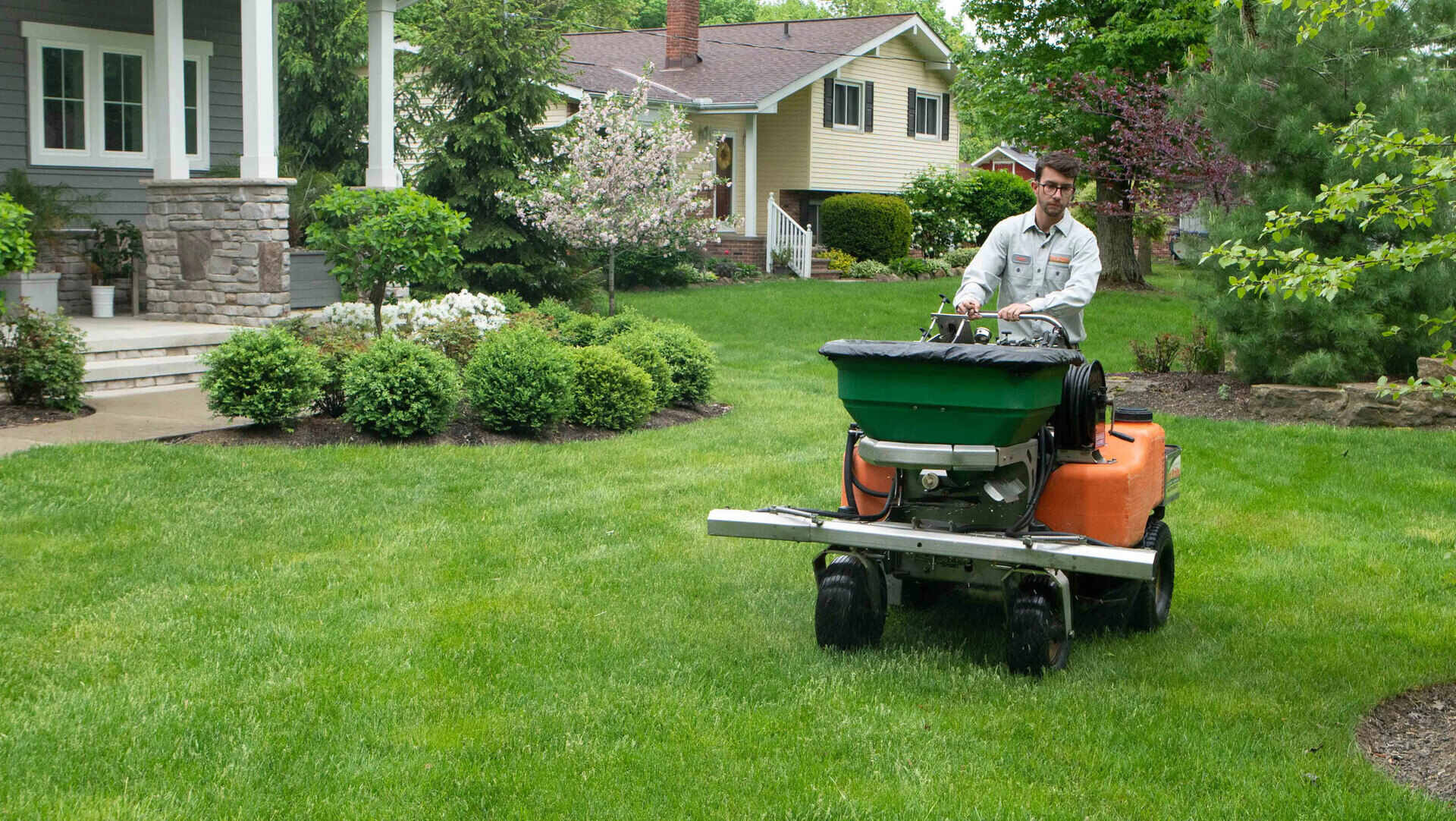

Garden Essentials
When Should I Plant Grass Seed In Ohio
Modified: March 15, 2024
Looking to plant grass seed in your Ohio garden? Find out the optimal time to sow seeds and ensure a thriving lawn with our expert tips.
(Many of the links in this article redirect to a specific reviewed product. Your purchase of these products through affiliate links helps to generate commission for Storables.com, at no extra cost. Learn more)
Introduction
Planting grass seed in Ohio requires careful consideration of the state’s unique climate and soil conditions. Whether you are starting a new lawn or reseeding an existing one, understanding the best time and methods for planting grass seed is crucial for success.
Ohio experiences a range of weather patterns throughout the year, with cold winters and warm summers. These changing seasons can significantly impact the germination and growth of grass seeds. Additionally, the soil composition varies across different regions of Ohio, affecting nutrient availability and drainage.
In this article, we will delve into the specifics of planting grass seed in Ohio, covering everything from understanding the climate and soil to selecting the right grass seed and proper preparation techniques. We will also outline the optimal timing for planting grass seed, provide a step-by-step guide to the process, and offer tips for caring for newly planted grass seed.
By the end of this article, you will be equipped with the knowledge you need to successfully establish a lush, healthy lawn in Ohio. So let’s dive in and explore the world of grass seed planting in the Buckeye State!
Key Takeaways:
- Plant grass seed in Ohio in late summer or early fall for best results. Choose grass species suited to Ohio’s climate, prepare the soil thoroughly, and provide consistent care for successful germination and growth.
- Caring for newly planted grass seed requires proper watering, mowing, fertilization, and weed control. Be patient and vigilant, and your efforts will be rewarded with a lush, thriving lawn in Ohio.
Read more: When To Plant Sunflower Seeds In Ohio
Understanding Ohio’s Climate and Soil
To effectively plant grass seed in Ohio, it is crucial to have a good grasp of the state’s climate and soil characteristics. Ohio’s climate is considered to be a humid continental climate, which means it experiences four distinct seasons with varying temperatures and precipitation levels.
In the winter months, Ohio can experience cold temperatures and occasional snowfall, while the summers are typically hot and humid. These weather patterns can pose challenges for grass seed germination and growth if not taken into account during the planting process.
The soil composition in Ohio can also vary significantly depending on the region. Generally, Ohio’s soil is a mix of clay, silt, loam, and sand. Clay soils can hold onto water for long periods, making it prone to drainage issues and compacted conditions. On the other hand, sandy soils drain quickly, which can lead to water and nutrient deficiencies for the grass.
Before preparing the soil for grass seed planting, it is essential to assess its texture and drainage capabilities. Conducting a soil test to determine nutrient levels and pH can also provide valuable insights into soil fertility and the amendments needed for optimal grass growth.
Overall, understanding Ohio’s climate and soil characteristics is crucial for selecting the right grass species that can thrive in these conditions. Different grass varieties have varying tolerance levels to heat, cold, drought, and shade. By choosing grass seed that is well-suited to Ohio’s climate and soil, you can increase the chances of successful germination and establishment.
In the next section, we will discuss the factors to consider when selecting the right grass seed for your Ohio lawn.
Choosing the Right Grass Seed
Choosing the right grass seed is a crucial step in the process of planting a healthy and vibrant lawn in Ohio. There are several factors to consider when selecting the appropriate grass seed for your specific needs and the conditions of your lawn.
One of the primary considerations is the grass species that are well-adapted to Ohio’s climate. Some popular cool-season grasses that thrive in Ohio include Kentucky bluegrass, perennial ryegrass, and fine fescue. These grasses are known for their ability to withstand the state’s cold winters and hot summers.
Kentucky bluegrass is a popular choice for Ohio lawns due to its durability, dense growth, and ability to repair itself. Perennial ryegrass is another excellent option, known for its rapid germination and establishment. Fine fescue, such as red fescue or chewings fescue, is suitable for shaded areas and low-maintenance lawns.
Consider the specific conditions of your lawn, such as sun exposure, soil type, and traffic levels. Full-sun lawns may benefit from grasses like Kentucky bluegrass, while shaded areas may require shade-tolerant varieties like fine fescue. If you have pets or children who frequently use the lawn, consider grasses with good wear tolerance, such as perennial ryegrass.
It is essential to look for quality grass seed that is weed-free and contains a high germination rate. Check the seed label for information on the purity and germination percentage. Opt for certified seed that has undergone rigorous testing to ensure its quality.
When it comes to selecting the grass seed mixture, you have the option to choose a single variety or a blend of different grass species. Blends can offer advantages such as increased disease resistance, improved aesthetic appeal, and better adaptability to varying soil and growing conditions.
Consulting with a local lawn care professional or extension service can provide valuable insights into the best grass seed options for your specific region within Ohio. They can guide you in selecting the right grass seed based on your lawn’s specific needs and help you make an informed decision.
In the next section, we will discuss the importance of preparing the soil before planting grass seed in Ohio.
Preparing the Soil
Proper soil preparation is essential for creating an ideal environment for grass seed germination and growth in Ohio. Before planting grass seed, it is crucial to prepare the soil to ensure it is fertile, well-drained, and free of debris.
Here are some steps to follow when preparing the soil:
1. Clear the Area: Begin by removing any existing vegetation, weeds, rocks, and debris from the area where you plan to plant the grass seed. This will create a clean slate for the new grass to establish itself.
2. Test the Soil: Conduct a soil test to determine the nutrient levels, pH balance, and any deficiencies your soil may have. This will help you determine if any amendments, such as lime or fertilizer, are necessary to optimize the soil conditions for grass growth. Soil testing kits are readily available at garden centers or through your local agricultural extension office.
3. Lawn Aeration: If your soil is compacted, consider aerating it before planting grass seed. Lawn aeration involves creating small holes in the soil to improve air circulation, water penetration, and root development. This allows the grass seed to establish stronger roots and access essential nutrients more effectively.
4. Adjust pH Levels: Based on the results of the soil test, you may need to adjust the pH levels of your soil. Most grasses prefer a slightly acidic pH level between 6.0 and 7.0. If your soil is too acidic (low pH), add lime to raise the pH. Conversely, if it is too alkaline (high pH), sulfur can be used to lower the pH.
5. Remove Weeds: If there are persistent weeds or grasses in the area, consider using a non-selective herbicide to completely eradicate them. Ensure that the herbicide is safe for use on the grass seed you plan to sow and follow the manufacturer’s instructions carefully.
6. Add Organic Matter: Incorporating organic matter into the soil, such as compost or well-rotted manure, can improve its structure, drainage, and fertility. Spread a layer of organic matter over the soil and use a rake or garden tiller to mix it thoroughly.
7. Smooth and Grade the Soil: Use a rake or garden roller to smooth out the soil surface and create a uniformly leveled area for planting the grass seed. This will ensure even water distribution and a uniform germination process.
By following these steps, you will create an optimal environment for grass seed germination and growth. Well-prepared soil provides a solid foundation for your lawn to establish healthy roots and thrive.
In the next section, we will discuss the timing for planting grass seed in Ohio to maximize its chances of success.
Timing for Planting Grass Seed in Ohio
Choosing the right time to plant grass seed in Ohio is key to ensuring successful establishment and growth. The timing can vary depending on the specific grass species you are working with and the region within Ohio where you reside.
In general, the best time to plant grass seed in Ohio is during the late summer or early fall. This is typically between mid-August and mid-September when the soil temperatures are still warm, and there is enough time for the grass to establish before winter sets in. Planting during this period allows the grass seed to take advantage of the cooler temperatures and increased moisture levels, promoting germination and healthy root development.
Planting grass seed in the late summer or early fall also helps to avoid the extreme heat and drought stresses of the summer months. During this time, the soil is usually moist from summer rains, creating favorable conditions for seed germination.
For warm-season grasses like Bermuda grass or Zoysia grass, the ideal time for planting is during late spring or early summer when the soil temperatures consistently reach around 60°F (15.6°C) or above.
It is important to keep in mind that Ohio’s climate can vary from region to region, and different grass species have specific requirements. Therefore, it is advisable to consult with local lawn care experts, gardening centers, or agricultural extension offices in your area to determine the optimal planting time for your specific location and grass type.
If you have missed the optimal seeding time in the late summer or early fall, another suitable time to plant grass seed in Ohio is in the spring, typically between late April and early June. However, spring planting can be a bit more challenging as it may require extra care to combat weed competition and potential heat stress during the summer months.
Regardless of the planting time, it is crucial to monitor the weather conditions, especially in the weeks following seeding. Adequate moisture is essential for successful germination and establishment, so be prepared to supplement rainfall with irrigation if needed.
Now that we have covered the recommended timing for planting grass seed in Ohio let’s delve into a step-by-step guide for successfully planting grass seed in the next section.
The best time to plant grass seed in Ohio is in the late summer or early fall, between mid-August and mid-September. This allows the seeds to establish before the winter and gives them a head start for the following spring.
Read more: When To Plant Grass In Northeast Ohio
Step-by-Step Guide to Planting Grass Seed
Follow these step-by-step instructions to ensure successful planting of grass seed in Ohio:
1. Prepare the soil: Clear the area of any existing vegetation, rocks, and debris. Conduct a soil test to determine its nutrient levels and pH balance. Adjust pH levels if necessary, and incorporate organic matter into the soil for improved fertility and drainage.
2. Select the right grass seed: Choose a grass species that is well-suited to Ohio’s climate and your specific lawn conditions. Consider factors such as sun exposure, soil type, and traffic levels. Opt for quality, weed-free grass seed with a high germination rate.
3. Measure and calculate: Determine the square footage of the area where you plan to plant the grass seed. This will help you calculate the proper amount of seed needed for even coverage.
4. Spread the seed: Use a broadcast spreader or a hand-held spreader to evenly distribute the grass seed over the prepared soil. Follow the recommended seeding rate provided by the seed manufacturer. For better coverage, divide the seed into two equal portions and spread half in one direction and the other half in a perpendicular direction.
5. Rake and press: Use a rake to lightly rake the seed into the top 1/4 inch of soil. This helps ensure good seed-to-soil contact, which is essential for germination. After raking, use a lawn roller or gently walk over the newly seeded area to press the seed into the soil.
6. Water thoroughly: Immediately after seeding, water the area thoroughly to settle the soil and initiate germination. Keep the soil consistently moist, but avoid over-watering to prevent pooling and runoff. Depending on weather conditions, you may need to water daily or multiple times a day in the initial weeks until the grass seed has fully established.
7. Apply mulch (optional): Consider applying a thin layer of straw or erosion control mulch over the seeded area. Mulch can help retain moisture, protect the seeds from birds and wind, and provide some insulation during colder temperatures. However, be mindful not to smother the grass seed with excessive mulch.
8. Monitor and care for the newly seeded area: Regularly monitor the seeded area for signs of growth, and keep an eye out for weeds. Avoid applying herbicides until the new grass has reached a mowing height. Mow the grass at the recommended height for your grass species, gradually reducing the mowing height over time.
9. Gradually increase traffic: As the new grass seedlings mature and develop a stronger root system, gradually reintroduce regular foot traffic and use of the area. Avoid heavy traffic and excessive stress on the new grass until it is well-established.
By following these steps, you can increase the chances of successful germination and establishment of your grass seed in Ohio. Patience, proper maintenance, and consistent care are key to growing a healthy and lush lawn.
In the next section, we will discuss essential tips for caring for newly planted grass seed in Ohio.
Caring for Newly Planted Grass Seed
Proper care for newly planted grass seed is crucial for its germination, establishment, and long-term success. Here are some essential tips to ensure that your newly planted grass seed in Ohio receives the care it needs to thrive:
1. Watering: Adequate and consistent moisture is essential for seed germination and seedling growth. Water the seeded area immediately after planting to settle the soil and initiate germination. For the first few weeks, keep the soil consistently moist by watering lightly and frequently, preferably in the early morning or late afternoon to minimize evaporation. Avoid over-watering, as it can lead to fungal diseases and shallow root growth.
2. Mowing: Resist the temptation to mow the new grass until it has reached the recommended mowing height for your grass species. Typically, this is when the grass reaches about 3-4 inches in height. Gradually reduce the mowing height over time to encourage root development and denser growth. Be sure to use a sharp mower blade to avoid damaging the young seedlings.
3. Fertilization: Newly planted grass seed may benefit from a light application of a starter fertilizer. Look for a fertilizer specially formulated for newly seeded lawns, with a higher phosphorus content to promote root development. Follow the recommended application rates and timings provided by the fertilizer manufacturer. Be cautious not to over-fertilize, as excessive fertilization can harm the young seedlings.
4. Weed control: Weeds can compete with grass seedlings for nutrients, sunlight, and moisture. Monitor the newly seeded area regularly for any weed growth. If weeds emerge, hand-pull them carefully to avoid disturbing the grass seedlings. Avoid using herbicides until the new grass has reached a mowable height, as herbicides can harm the young seedlings.
5. Gradual traffic: Minimize heavy foot traffic and use of the seeded area until the grass has fully established. Walking or placing objects on the newly planted grass can disturb the developing root system. Gradually introduce regular foot traffic and use of the area as the new grass matures and establishes itself.
6. Overseeding (if needed): If there are thin or bare areas in your lawn, consider overseeding with additional grass seed to promote denser growth. Wait until the new grass has established and is well-established before overseeding. Follow the same steps for seeding and ensure proper watering and care for the overseeded areas.
7. Monitor weather conditions: Keep an eye on weather conditions and adjust your watering schedule accordingly. During periods of heavy rainfall, you may need to reduce watering to prevent over-saturation. In times of drought or hot weather, you may need to increase watering to ensure the new grass receives sufficient moisture.
Remember, patience is key when caring for newly planted grass seed. It takes time for the grass to germinate, establish roots, and grow. With consistent care and proper maintenance, your new grass seed in Ohio will develop into a lush and healthy lawn.
In the final section, we will address common problems and provide troubleshooting tips for planting grass seed in Ohio.
Common Problems and Troubleshooting
While planting grass seed in Ohio can be a rewarding endeavor, it’s not without its challenges. Here are some common problems you may encounter when planting grass seed and troubleshooting tips to help you address them:
1. Patchy or uneven germination: Patchy or uneven germination can occur due to inconsistent watering, poor seed-to-soil contact, or uneven seed distribution. To solve this issue, ensure that you water the area evenly and consistently, provide gentle raking to improve seed-to-soil contact, and ensure even seed distribution during planting. Consider overseeding any bare or thin areas to promote denser growth.
2. Weed invasion: Weeds can be a persistent problem when establishing a new lawn. To prevent weed invasion, be diligent in removing any existing weeds before planting grass seed. Avoid using pre-emergent herbicides, as they can also prevent grass seed germination. If weeds do appear, hand-pull them carefully to avoid disturbing the young grass seedlings. Once the new grass is well-established, you can apply selective herbicides specifically designed for use on established lawns.
3. Soil erosion: Sloped areas or areas with heavy rainfall can be prone to soil erosion, which can wash away grass seed and prevent germination. To prevent soil erosion, consider using erosion control measures such as installing erosion control blankets or straw mats. These materials help stabilize the soil and protect the grass seed from washing away. Ensuring proper soil preparation and establishing strong root systems through adequate watering and care can also help minimize soil erosion.
4. Disease and pest issues: Newly planted grass seedlings can be susceptible to certain diseases and pests. The most common problems include fungal diseases such as damping-off or brown patch, and pests such as grubs or chinch bugs. To prevent disease, ensure proper watering practices, avoid over-watering, and improve air circulation by not watering in the evening. Regularly monitor for signs of pests and take appropriate control measures if necessary, such as using insecticides specific to the pest and following the recommended application guidelines.
5. Insufficient sunlight/shade issues: Grass seed requires adequate sunlight for optimal growth. If you have areas in your lawn with heavy shade, consider using shade-tolerant grass species such as fine fescue. Alternatively, you may need to trim back overhanging trees or shrubs to allow more sunlight to reach the grass seed. Avoid planting grass seed in areas with dense shade, as it can lead to poor growth and thinning.
If you encounter any of these problems while planting grass seed in Ohio, don’t get discouraged. Assess the issue and implement the necessary strategies to address it. If you’re unsure about how to handle a particular problem, consult with a local lawn care professional or extension service for expert guidance.
Remember, establishing a healthy lawn takes time and effort, but with proper care and troubleshooting, you can overcome common issues and enjoy a lush, thriving lawn in Ohio.
Conclusion
Planting grass seed in Ohio requires careful consideration of the state’s climate, soil conditions, and proper maintenance practices. By understanding Ohio’s unique climate and soil composition, selecting the right grass seed, preparing the soil adequately, and planting at the appropriate time, you can set your lawn up for success.
Remember to choose grass seed species that are well-adapted to Ohio’s climate and your specific lawn conditions. Conduct a soil test to determine nutrient levels, pH balance, and make any necessary amendments. Thoroughly prepare the soil, ensuring it is free of weeds, rocks, and debris, and provide proper drainage and aeration if needed.
Timing is crucial when planting grass seed in Ohio. Late summer to early fall is generally the best time for planting, as it allows the grass to establish before winter. However, if you miss the optimal planting window, spring can be an alternative, though more challenging due to increased weed competition and potential heat stress.
Following a step-by-step guide for planting grass seed will help ensure even coverage and proper seed-to-soil contact. Adequate watering, proper mowing techniques, and gradual traffic introduction are essential for the successful establishment of the new grass seedlings.
While planting grass seed in Ohio, you may encounter common problems such as patchy germination, weed invasion, soil erosion, and disease or pest issues. However, with proper troubleshooting methods and timely action, these challenges can be addressed effectively.
Caring for newly planted grass seed requires consistent watering, proper mowing, fertilization (if needed), weed control, and vigilant monitoring. By following these care guidelines, your newly planted grass seed will establish strong roots, grow into a healthy, lush lawn, and provide you with a beautiful outdoor space to enjoy.
Remember, patience is key throughout the process. It takes time for the grass seed to germinate, develop strong roots, and fill in your lawn. With proper maintenance and care, your efforts will be rewarded with a vibrant, thriving lawn that enhances the beauty of your Ohio landscape.
So, roll up your sleeves, follow the guidelines outlined in this article, and get ready to embark on a journey of creating a stunning lawn that will be the envy of your neighborhood. Happy planting!
Frequently Asked Questions about When Should I Plant Grass Seed In Ohio
Was this page helpful?
At Storables.com, we guarantee accurate and reliable information. Our content, validated by Expert Board Contributors, is crafted following stringent Editorial Policies. We're committed to providing you with well-researched, expert-backed insights for all your informational needs.


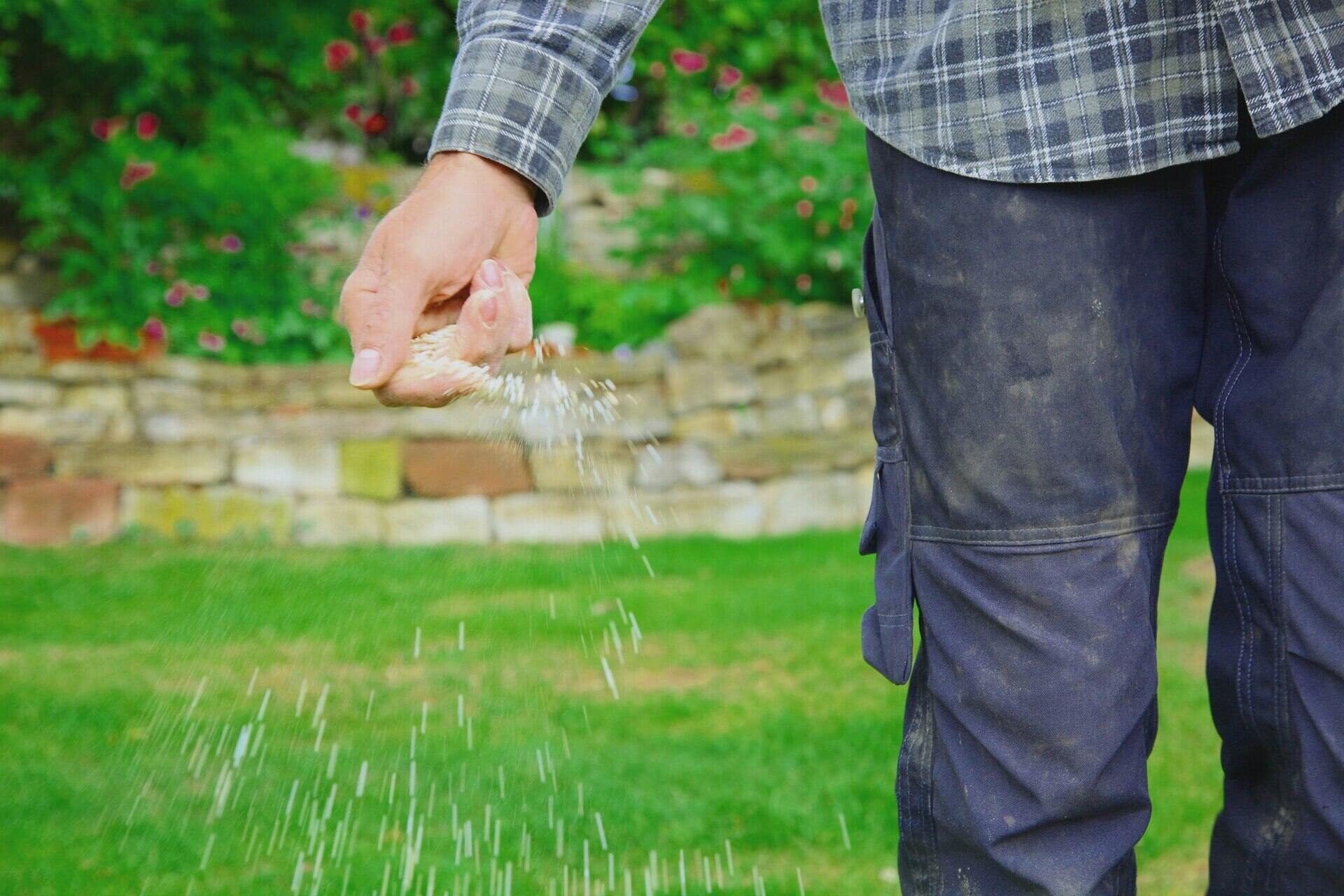



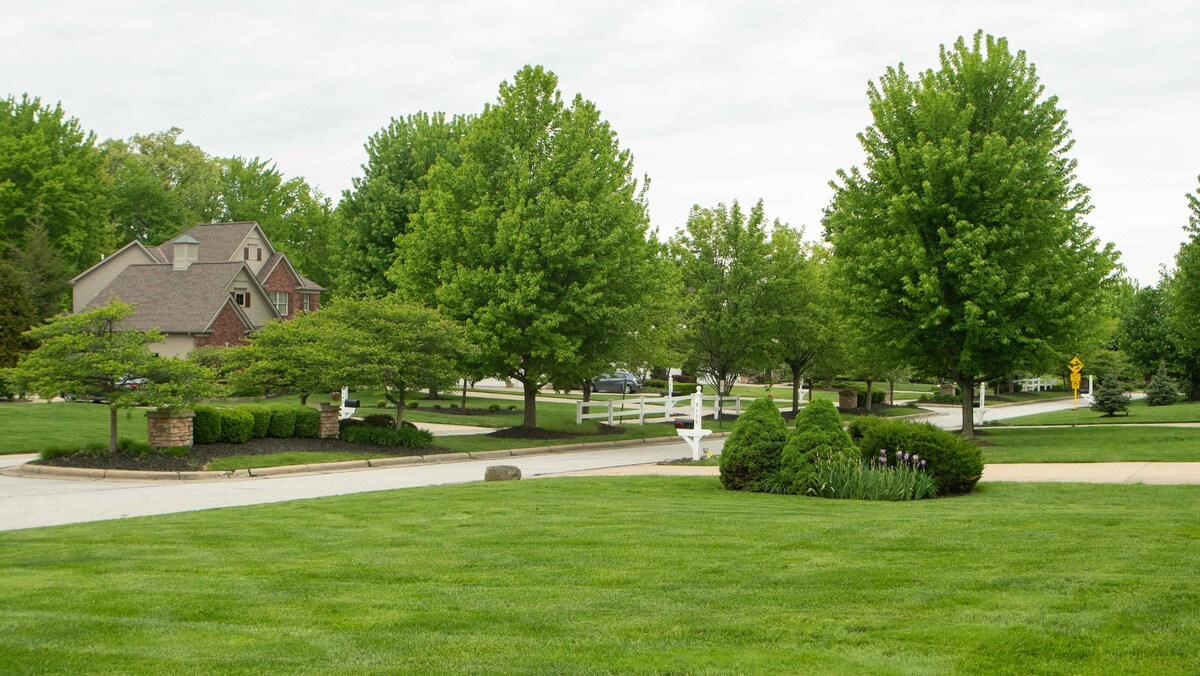


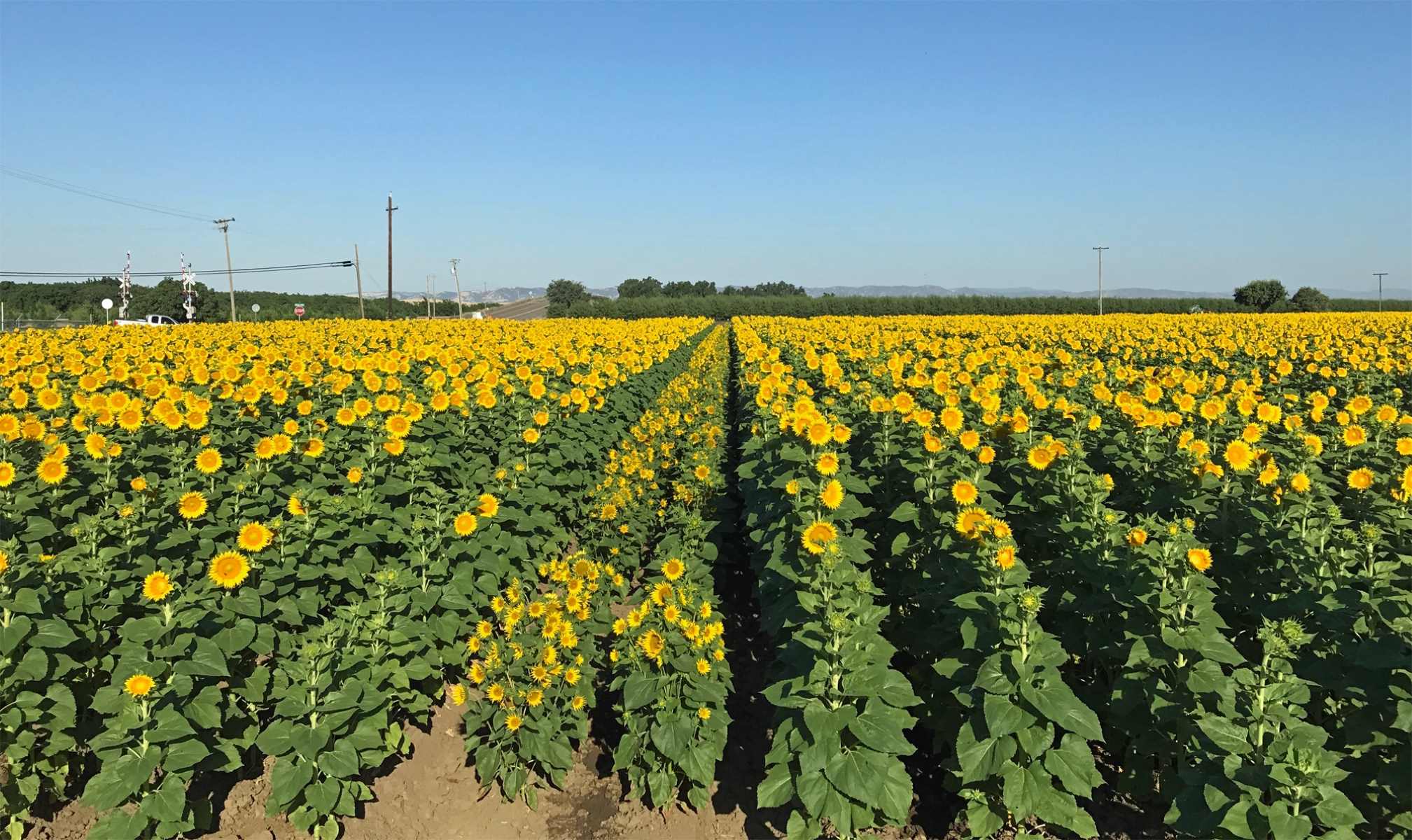

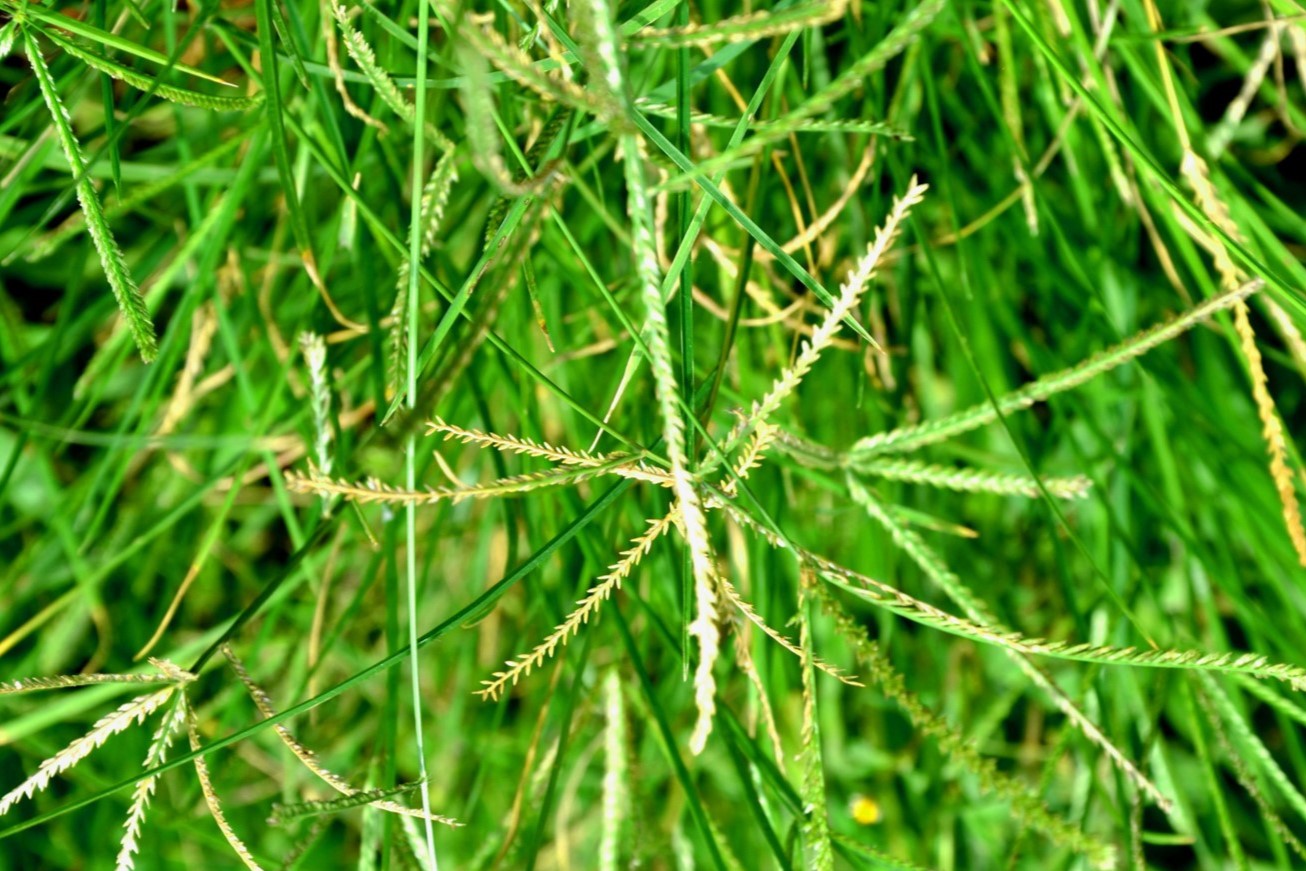



0 thoughts on “When Should I Plant Grass Seed In Ohio”